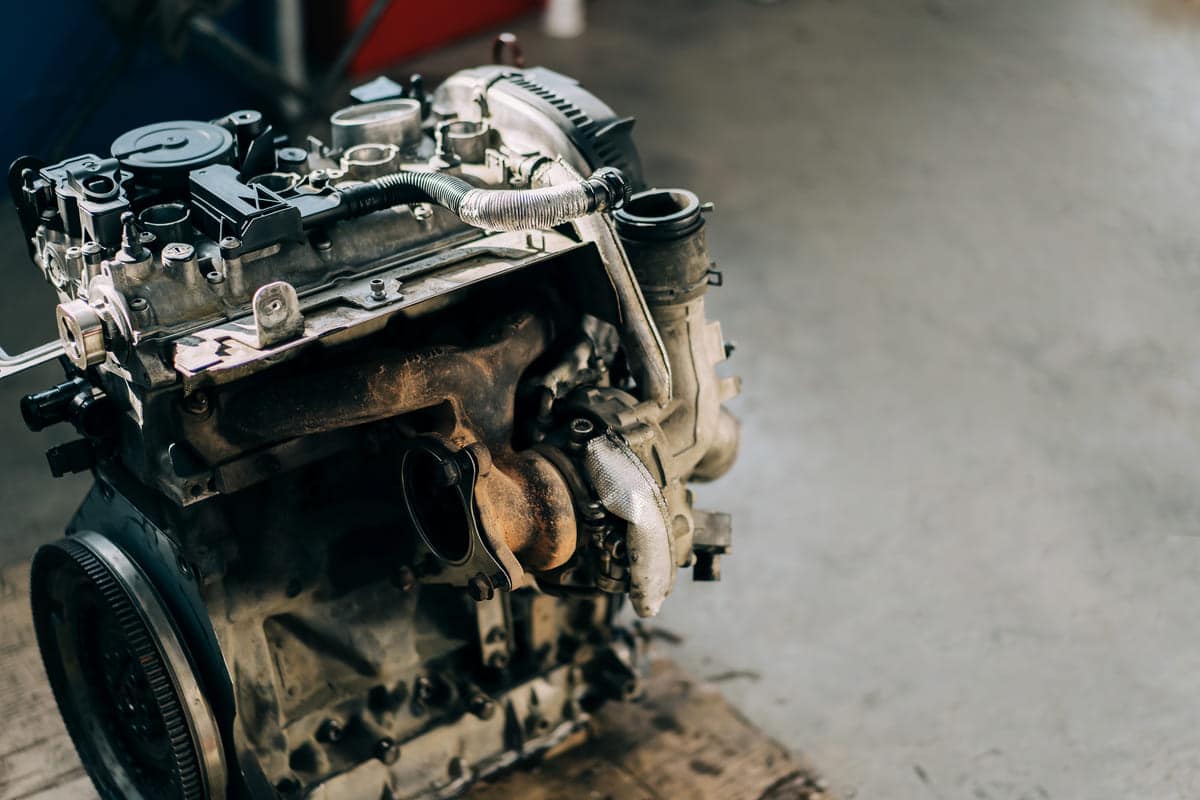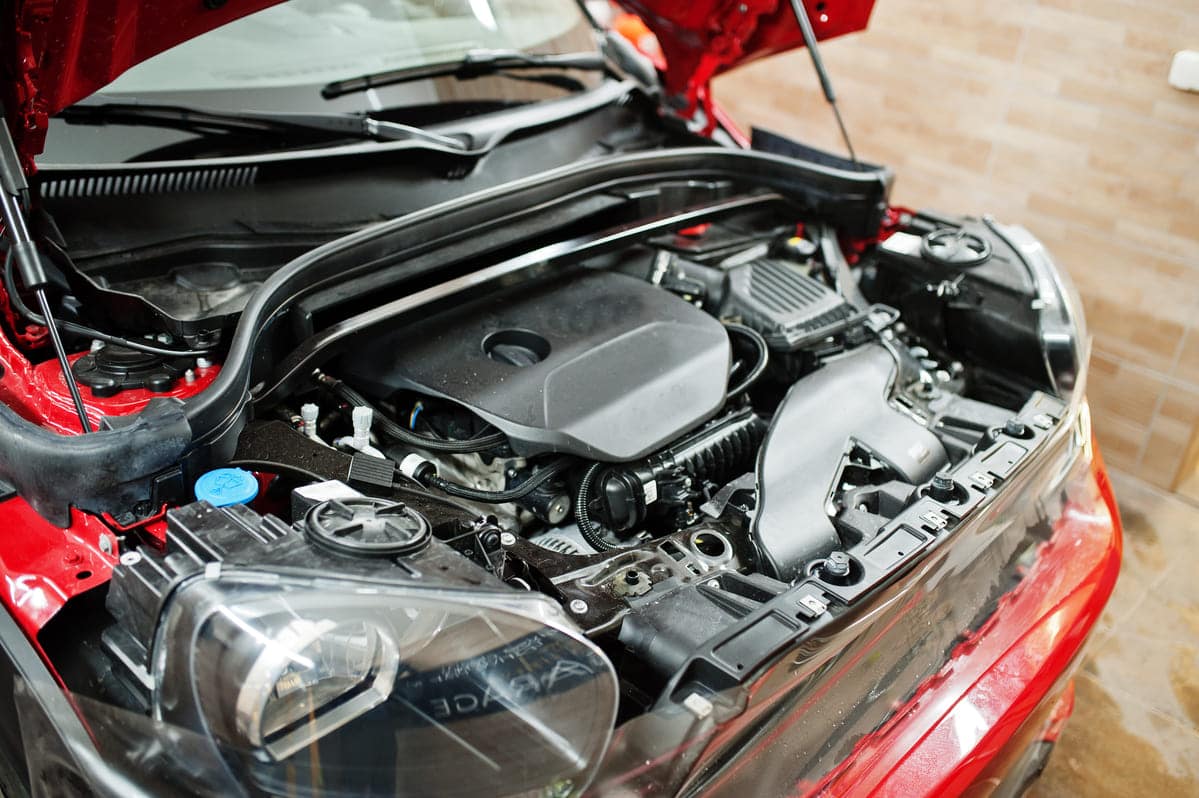Petrol engines work by a series of controlled explosions in the cylinders with a mixture of air and petrol. These engines are known for their performance, everyday use and their role in the development of modern automotive technology.
What is a Petrol Engine?
A petrol also called gasoline engine uses gasoline as fuel. It mixes air and petrol in the engine’s cylinders. A spark plug ignites this mix, causing small explosions. These explosions push the pistons that turn the engine’s crankshaft. This movement powers the vehicle or machine.
Petrol engines are used in cars, bikes and lawnmowers. They produce power and speed. They have been the backbone of modern transportation for over a century. They continue to be an important technology today.
History of Petrol Engine:
The petrol engine goes back to the 19th century. Nikolaus Otto built the first practical petrol engine in 1876. His invention used a 4 stroke cycle.
Other inventors improved his design. Karl Benz created the first with a petrol engine in 1885.
By the early 1900s, petrol engines powered most cars. They became popular because they were efficient and easy to use.
Over the years, petrol engines have evolved. Engineers made them more powerful and less polluting. Today they are still used in many vehicles around the world.
References
- History of the Petrol Engine. Wikipedia. Retrieved from

What are the Types of Petrol Engine?
Petrol engines come in different types. Each type has its own design and use. Knowing these types helps us understand how they work and where we see them.
- Inline Engine: Cylinders are in a straight line. Most cars use this type. It’s compact and easy to maintain.
- V-Type Engine: Cylinders are arranged in a V shape. This design is powerful and fits in small spaces. Sports cars often use V-type engines.
- Flat Engine: Cylinders lie flat, facing each other. This type lowers the center of gravity. Some sports and racing cars use it for better handling.
- Rotary Engine: Uses rotating parts instead of pistons. It’s lightweight and produces high power. Some motorcycles and small aircraft use rotary engines.
- Turbocharged Engine: This engine has a to increase power. It uses exhaust gases to spin a turbine. Many modern cars use turbocharged engines for better performance and fuel efficiency.
References
- Gasoline Engine. Britannica. Retrieved from
How Does a Petrol Engine Work?
A petrol engine works in a series of steps. Each step is crucial for the engine to produce power.
- Intake: The engine takes in air and petrol. This mix enters the cylinder through the intake valve.
- Compression: The moves up, compressing the air-petrol mix. This makes the mix ready for ignition.
- Power: The spark plug ignites the mix. Small explosions push the piston down. This movement produces power.
- Exhaust: The piston moves up again. It pushes out the burned gases through the exhaust valve.
These steps repeat fast. The engine converts this movement into power. This power moves the vehicle or machine.
References
- How Do Gasoline Cars Work?. Alternative Fuels Data Center. Retrieved from
- How Do Petrol-Powered Engines Work?. Motability. Retrieved from
What are the Key Components of a Petrol Engine?
A petrol engine has several key parts. Each part has a specific function to make the engine work.
- Cylinder: A round chamber where fuel burns and power is created. Most engines have multiple cylinders.
- Piston: A small moving part inside the cylinder. It moves up and down during the engine cycle.
- Crankshaft: A rotating shaft that connects to the pistons. It converts the piston’s up-and-down motion into circular motion.
- Spark Plug: A device that creates a spark to ignite the fuel mixture. It causes the small explosions for power.
- Valves: Parts that open and close to let air and fuel in and exhaust gases out. There are intake and exhaust valves.
- Camshaft: A shaft that controls the timing of the valves. It makes sure they open and close at the right time.
These parts work together. Their design allows the engine to convert fuel into movement efficiently.
References
- Design. Wikipedia. Retrieved from
- Engine Design. ScienceDirect. Retrieved from
- Engine Design and Operation. Infineum Insight. Retrieved from https://www.infineuminsight.com/media/1812/1-engine-design-and-operation-na.pdf


